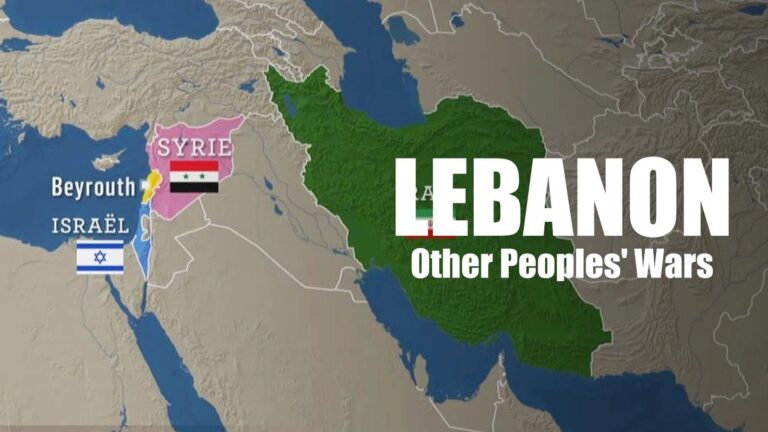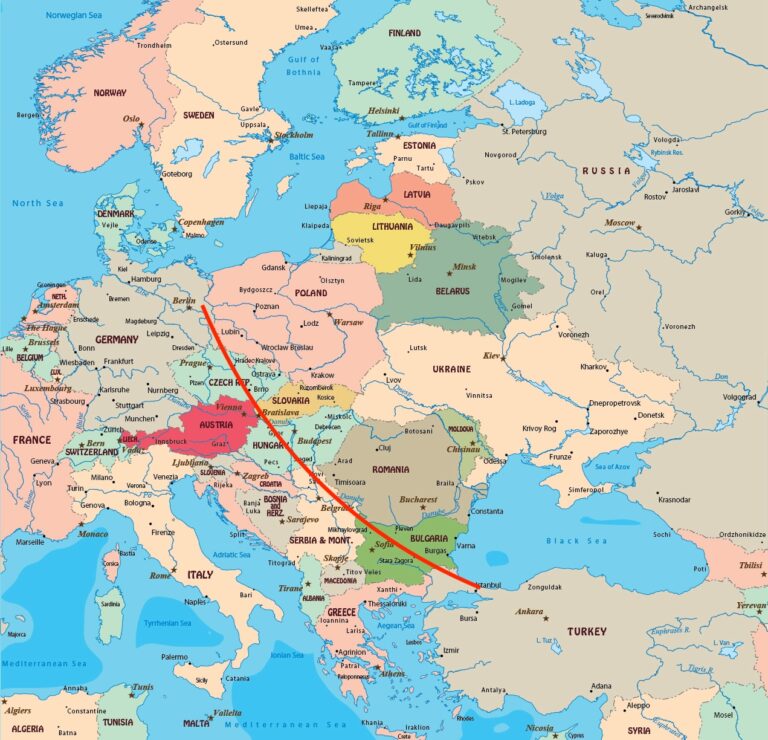As the world’s leading environmental authority, the United Nations Environment Programme (UNEP) helps countries implement a suite of global accords to tackle the triple planetary crisis of climate change, nature and biodiversity loss, and pollution and waste.
These Multilateral Environmental Agreements (MEAs) will feature prominently at the upcoming sixth session of the UN Environment Assembly (UNEA-6), the world’s highest level decision-making body on the environment. Attendees are expected to explore how countries can enhance their cooperation with MEAs, which are helping the world do everything from counter forever chemicals to protect bats.
UNEA-6 will be held at UNEP headquarters in Nairobi, Kenya, from 26 February to 1 March 2024. As the gathering nears, we spoke with Patricia Kameri-Mbote, Director of the UNEP Law Division, about why MEAs are so important in addressing environmental challenges and how UNEA-6 will provide a platform for enhancing engagement around them.
What are MEAs and how do they work?
Patricia Kameri-Mbote (PKM): MEAs are international agreements that address the most pressing environmental issues of global or regional concern and are critical instruments of international environmental governance and international environmental law. They cover a wide scope of issues, ranging from the protection of the atmosphere to the sustainable management of chemicals and waste, to halting nature and biodiversity loss.
What bodies participate in MEAs?
PKM: States, regional economic integration organizations, and, in some instances, international organizations become party to MEAs with national governments responsible for implementing them.
What are some of the barriers to the implementation of MEAs?
PKM: Addressing the triple planetary crisis of climate change, nature and biodiversity loss, and waste and pollution, as well as other global environmental challenges, requires efficient international cooperation. Despite efforts by the international community, environmental degradation is continuing. Hence, we need to unite forces at all levels to address the impacts and drivers of environmental degradation more effectively. In this regard, strengthening implementation of and compliance with the MEAs is a key area of action. These agreements have emerged as one of the best ways of institutionalizing intergovernmental cooperation and triggering national action in the environmental sector.
RELATED

STORY
What to expect at the next United Nations Environment Assembly
How can UNEP and UNEA help overcome these challenges?
PKM: MEAs are important partners to UNEP, and we are continuously seeking new ways to strengthen cooperation with them. I am not only referring to the 15 MEAs that UNEP administers, but all MEAs across the board. The MEAs are central to achieving global environmental commitments. Over the years, the number of MEAs has been growing and the importance of working across different constituencies has become increasingly important. We need to work together to develop innovative approaches to create awareness across the UN and to support countries’ efforts in the implementation of MEAs.
UNEA-6 will focus on multilateral action to overcome environmental challenges. Which MEAs have been particularly successful in that regard?
PKM: There are many success stories of effective multilateral action through MEAs over the years. I will share two examples to illustrate this. The first one is the Montreal Protocol on Substances that Deplete the Ozone Layer. With universal ratification, the protocol has been extremely successful in its original aim of cutting the production and use of chlorofluorocarbons and other ozone-depleting substances. Nearly 99 per cent of ozone-depleting substances have been phased-out to date, resulting in the recovery of the ozone layer protecting us from harmful sun rays that cause skin cancer.
Similarly, the Convention on International Trade on Endangered Species (CITES), has made significant progress preventing more species from becoming threatened by trade and enabled the recovery of species that were endangered. CITES currently regulates international trade in over 40,000 species of plants and animals.
For the first time, UNEA-6 will include a supplementary agenda item on cooperation with MEAs. What will the agenda item entail?
PKM: The overall goal of strengthening the engagement of MEAs in UNEA-6 is to promote coherence between the resolutions of the assembly and the decisions of the governing bodies of the MEAs. The discussions at UNEA-6 support the Environment Assembly in enhancing its relationship with the MEAs. They will contribute to the implementation of the 2030 Agenda for Sustainable Development by strengthening convergence of action and dialogue on common strategies and sharing of experiences, while providing increased visibility to the decisions of the governing bodies of the MEAs.
The agenda item will include an MEA day which will be organized with two high-level dialogues. MEA-related side events and an MEA exhibition will showcase cooperation between UNEP, other UN entities and MEAs, as well as intra-MEA cooperation.
The sixth session of the United Nations Environment Assembly (UNEA-6) will be held from 26 February to 1 March 2024 at the UNEP headquarters in Nairobi, Kenya, under the theme: Effective, inclusive and sustainable multilateral actions to tackle climate change, biodiversity loss and pollution. Through its resolutions and calls to action, the Assembly provides leadership and catalyzes intergovernmental action on the environment.
Read more:




